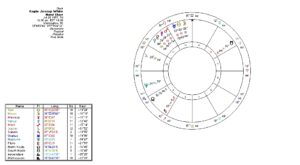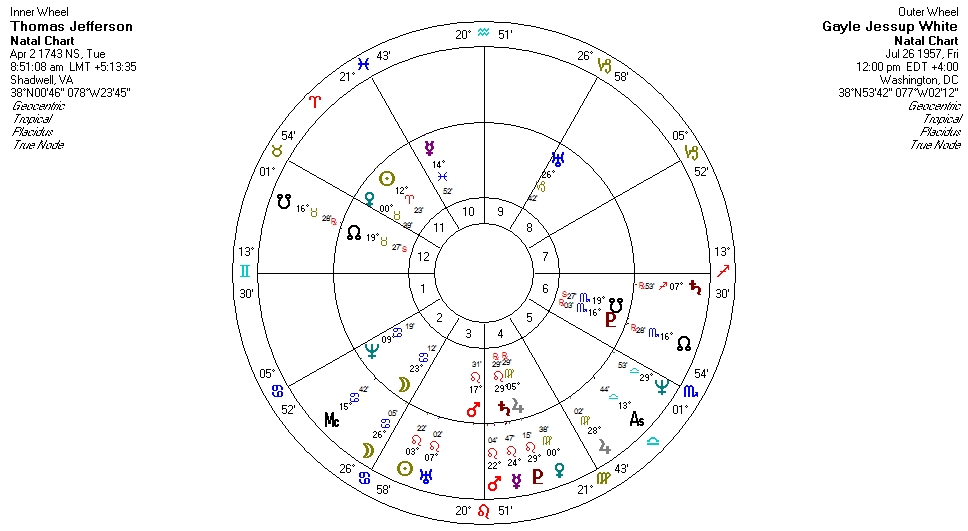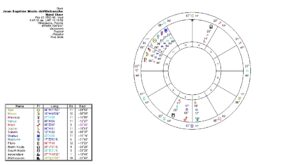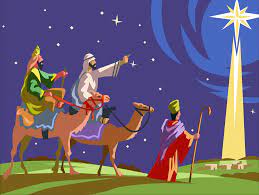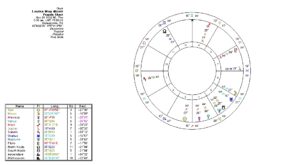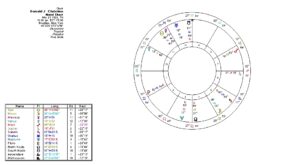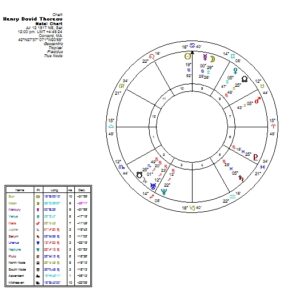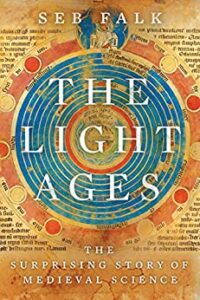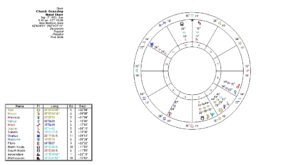Many commentators are predicting a shift to the right in the November elections due to political cycles, Biden’s low approval ratings, and re-drawn Congressional districts. But André Barbault shared that the Jupiter-Neptune conjunction “portends a swing to the left,” quoted by Lynn Koiner in her Predictions 2022. Lynn also noted the conjunction’s influence near Barack Obama’s first presidential inauguration in 2009. Will astrologers or the pundits be right? Planetary cycles can be very telling and the astrology should prove correct. 
André Barbault focused on planetary cycles throughout his long career, and made remarkable forecasts that included foreseeing the 2020 pandemic in 2011 (Anthony Louis’ blog post has more).
After analyzing over 200 years of history (from 1792 to 1997) in his book Planetary Cycles, Barbault concluded that Jupiter-Neptune “aims for unity and peaceful exchange; in brief, it is humanitarian. There is a general atmosphere of diplomatic and political détente and collective movements that have liberal democratic tendencies. In effect, its ideology is socialist… a continuum with phenomena, which are undeniably of same order, being repeated every thirteen years: the beginning, end or renewal of a historical process with the same tendency which is of a collective liberal order, democratic, socialist, or even more or less revolutionary. There is a swing to the left, with international aims of an associative, peaceful or humanitarian nature.” (pps. 52-56)
We’ve already seen this concept of collective, peaceful unity in the international support for the defense of Ukraine in early 2022.
Jupiter conjoins Neptune exactly on April 12, 2022 staying within orb from March through mid-May. As Jupiter moves quickly, the return of the conjunction occurs with Jupiter stationing direct in November to early December, as Neptune also stations.
Much news time was spent in April considering the French Presidential race between Emmanuel Macron and his far-right challenger Marine Le Pen. But if we believe André Barbault, the outcome was clearly foreshadowed astrologically. (See Michael O’Reilly’s analysis of their birth charts and the race; I personally feel that Le Pen would have a tough time winning any election with her Saturn in Aries in the 7th house square Mars in her 10th.)
What does Barbault’s work suggest for the November midterm elections? Former President Trump is endorsing a number of far-right candidates. But the Neptune station squares his Sun exactly on November 1, 2022 and January 5, ‘23 while also squaring his Nodes and Moon, very close to both the elections and the beginning of the new congressional term. These aspects prevailed when Trump lost the White House in 2020-’21, and continue to suggest deflated hopes. I’ll wager that few of his candidates will win, and that under the conjunction’s influence this spring, liberal-leaning folks may also do better in primaries.
Six months before the midterm elections, many commentators are projecting a Republican take-over of the House and maybe even the Senate. But the Jupiter-Neptune conjunction’s history points toward a chance that Democrats will keep their majorities. If not, then I expect more moderate Republicans, or those who share some of what Barbault described as “liberal democratic tendencies” to be elected instead.
Read Lynn Koiner’s Predictions for 2022 (scroll down) for an excellent, thorough look at this year and beyond, with nods to many astrologers of the past.
Find more of André Barbault’s incredible research in Mundane Planetary Cycles (English translation by Kate Johnston).
About my Amazon links.


